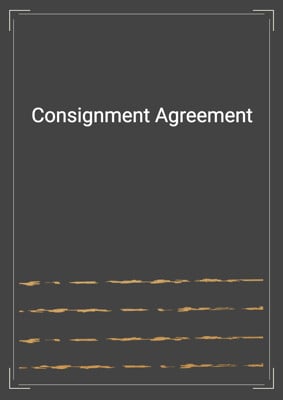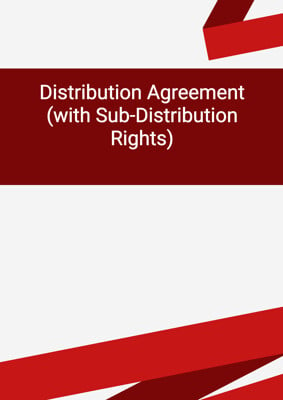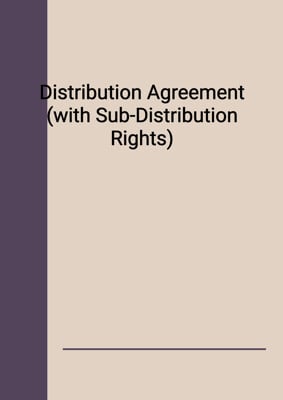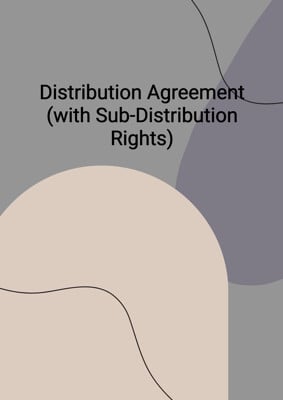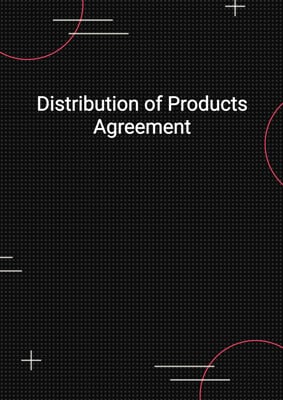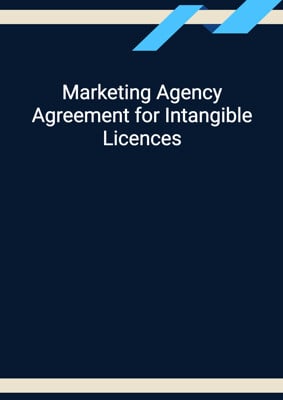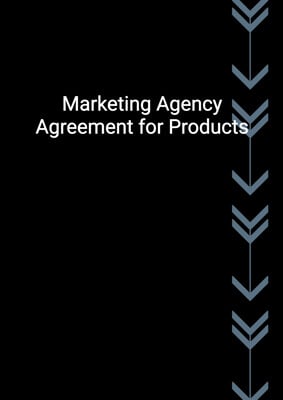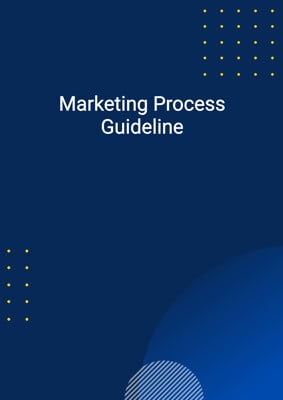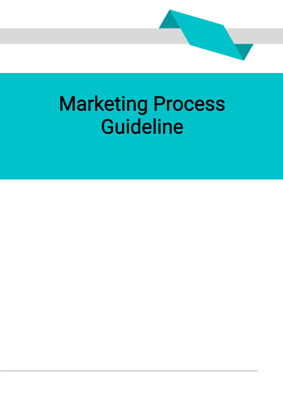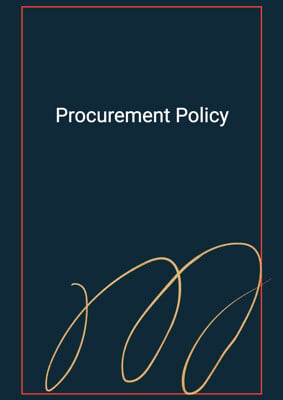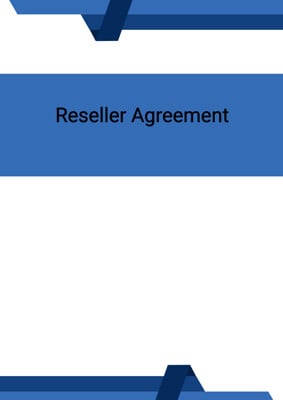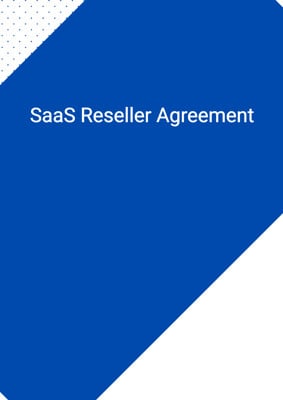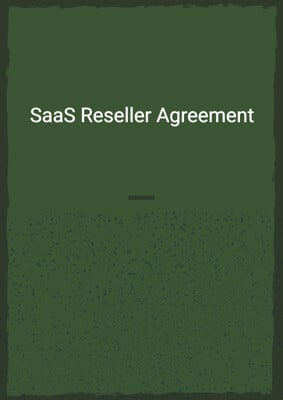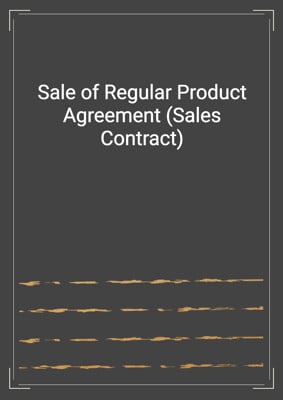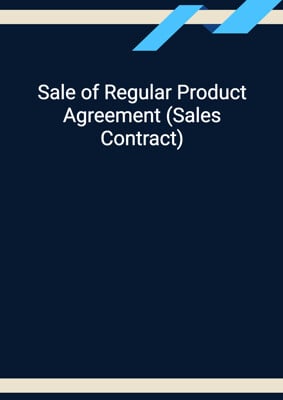How to Tailor the Document for Your Need?
01
Create Document
Click "Create Document" button and the document will be prepared with your account details automatically filled in.
02
Fill Information
Please fill in any additional information by following the step-by-step guide on the left hand side of the preview document and click the "Next" button.
03
Get Document
When you are done, click the "Get Document" button and you can download the document in Word or PDF format.
04
Review Document
Please review the document carefully and make any final modifications to ensure that the details are correct before publication / distribution.
Document Preview
Document Description
The document titled 'Introduction to Documents on the Supply, Distribution and Marketing of Goods and Products' is a comprehensive guide that provides information on various documents related to the supply, distribution, and marketing of goods. It is important because it helps individuals and businesses understand the different types of documents available for use in these areas and their specific purposes.
The entire document is divided into six sections, each focusing on a specific type of document. The sections are as follows:
1. Terms and Conditions: This section explains the importance of standard terms and conditions for the sale or purchase of goods. It highlights that these terms and conditions provide a framework for individual transactions and ensure smooth dealings without the need for separate conditions for each transaction.
2. Sale of Regular Products Agreement: This section discusses the contractual framework for the continuous or regular supply of goods. It explains the key clauses to consider, such as the sale and purchase clause, purchase orders clause, forecasting and ordering procedure, delivery, pricing, and payment clauses.
3. Sale of Customised Products Agreement: This section focuses on situations where a buyer and seller agree to develop and supply a product to meet the buyer's specific requirements. It highlights the importance of addressing license and intellectual property issues, trials, tests, commissioning, and acceptance tests.
4. Distributorship Agreement: This section explains the difference between a distributor and an agent and discusses the key issues to consider in a distributorship agreement, such as appointment and term, purchase of products, distributor's general duties, company's general rights and duties, and termination of the agreement.
5. Marketing Agency Agreement: This section provides guidance on appointing a marketing agent in a territory. It covers topics like the appointment of the agent, agent's duties, goodwill, commission, other products, duration, and termination of the agreement.
6. Consignment Agreement: This section focuses on consigning arrangements where the consignee markets, displays, and sells goods on behalf of the consignor. It explains the importance of marketing and display, sale of goods, consignment fees, and duration and termination of the agreement.
Each section provides detailed information and guidance on the specific document type, ensuring that readers have a comprehensive understanding of its purpose and key considerations.
How to use this document?
1. Understand the importance of standard terms and conditions for the sale or purchase of goods. These terms and conditions provide a framework for individual transactions and save time and effort.
2. Familiarize yourself with the key clauses in a sale of regular products agreement, such as the sale and purchase clause, purchase orders clause, forecasting and ordering procedure, delivery, pricing, and payment clauses.
3. When entering into a sale of customized products agreement, address license and intellectual property issues, trials, tests, commissioning, and acceptance tests to ensure that the product meets specific requirements.
4. If considering a distributorship agreement, understand the difference between a distributor and an agent. Consider factors like appointment and term, purchase of products, distributor's general duties, company's general rights and duties, and termination of the agreement.
5. When appointing a marketing agent, clarify the agent's authority, duties, and commission structure. Address issues like goodwill, commission calculation, other products, duration, and termination of the agreement.
6. If engaging in a consignment arrangement, ensure that marketing and display strategies are in place. Understand the consignee's authority to enter into contracts, receive payments, and calculate consignment fees. Clarify the duration and termination provisions of the agreement.
By following these steps, individuals and businesses can effectively use the document and navigate the complexities of supply, distribution, and marketing of goods and products.
Not the right document?
Don’t worry, we have thousands of documents for you to choose from:


